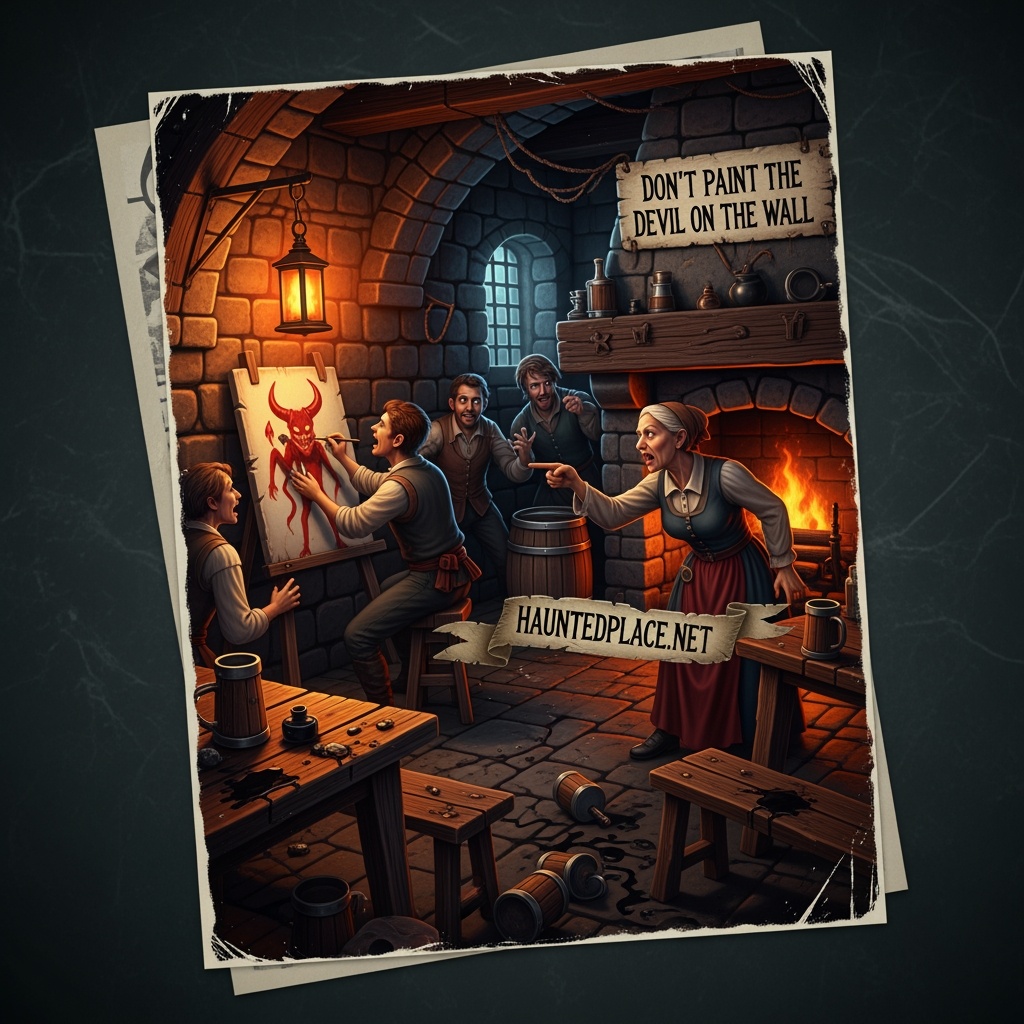
Since 1991, Lorsch Monastery in the heart of the Hessian town of Lorsch, founded in 764 by the family of the Frankish count Cancor, has been a UNESCO World Heritage Site. As an imperial monastery, it was an important cultural center for the dissemination of educational programs developed at the royal court until well into the High Middle Ages. Lorsch Abbey, whose remains are among the most important examples of pre-Romanesque architecture in Germany, not only possessed one of the largest libraries in the country, but also one of the oldest surviving medical books of the Western Middle Ages, the 8th-century Lorsch Pharmacopoeia, which is considered a symbol of the beginning of modern medicine. After the monastery was founded in 764, the relics of Saint Nazarius were brought from Rome to Lorsch in 765, giving the monastery an enormous economic boost. In 772, the monastery became the property of Emperor Charlemagne, who granted it immunity. In order to defend the monastery and its independence, Starkenburg Castle was built in Heppenheim on the Schlossberg, 7 kilometers away, in 1066. It was supposedly connected to the monastery by a secret passage. In case of danger, the monks could flee to the castle. This underground secret passage is said to have been protected by a large white dog with black paws named Melampus, who belonged to a miller. Melampos not only guarded the secret passage, but also served as a messenger for the monks. One day, Melampos is said to have been killed during an enemy attack. The monks buried their faithful guard dog in the secret passage. When the defensive tower of Starkenburg Castle was demolished in 1924, dog bones believed to be those of Melampos were reportedly found there. To this day, Melampos’ spirit haunts the secret passage. The “Spur des Melampos” (Trail of Melampos) forest nature trail, which leads through the forest to the castle hill, commemorates him. The Lorsch monastery was also immortalized in the Nibelungenlied as the final resting place of the dragon slayer Siegfried. In 1232, the monastery, which had been destroyed by fire in 1090 and subsequently rebuilt, lost most of its protective privileges and fell to the Electorate of Mainz. After the Benedictine monks were expelled, they were succeeded first by the Cistercians and then by the Premonstratensians. In 1461, the monastery was pledged to the Electoral Palatinate and dissolved almost a century later. It was completely destroyed during the Thirty Years’ War. After that, the monastery served as a quarry. The remains, above all the gate hall, the so-called King’s Hall, which is one of the few monuments from the Carolingian period, as well as parts of the Romanesque church and the monastery wall and other building remains, are now part of the World Heritage Site. Since 2014, Lorsch Abbey, with its eventful history, has been home to the Lauresham experimental archaeological open-air laboratory, a so-called ideal model of a manor from the Carolingian period with residential and farm buildings, meadows, fields, and gardens that authentically depict the everyday life of people 1,200 years ago. I, too, was impressed by the UNESCO World Heritage Site of Lorsch Abbey, which allowed me to experience concentrated cultural history up close. Unfortunately, the spirit of the guard dog Melampos did not make an appearance during my visit.









